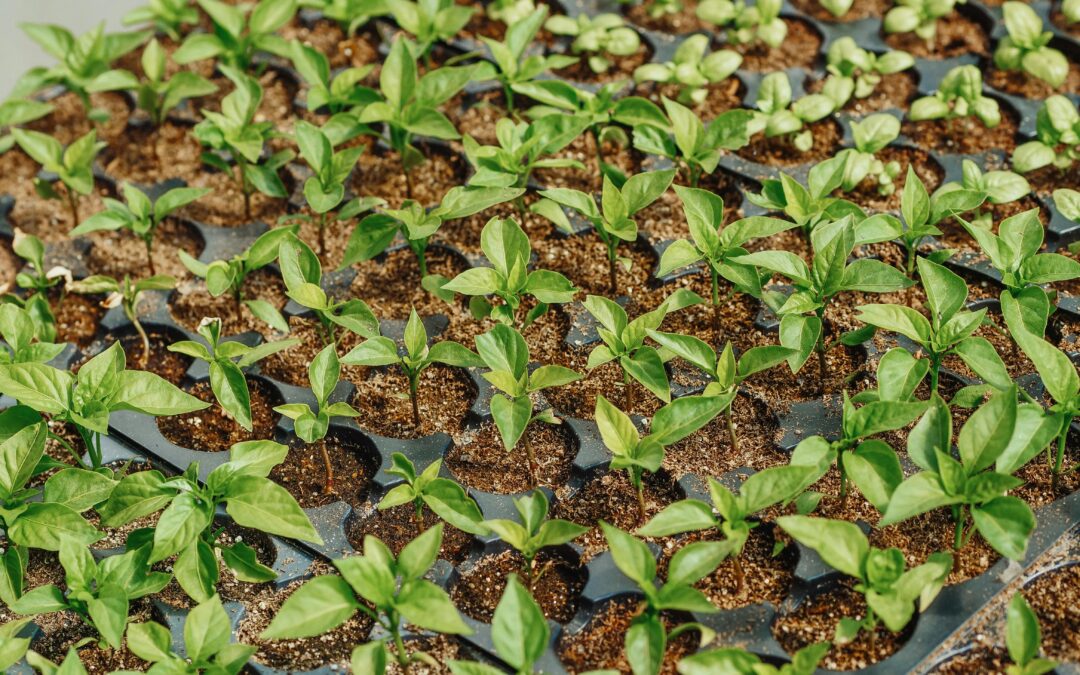Gardening enthusiasts often find joy in cultivating their own vegetable gardens, and for those in Zone 6, starting vegetable seeds indoors can be a pivotal part of this rewarding hobby. By beginning the growth process inside, gardeners can mitigate the challenges posed by the region’s shorter growing season and cooler spring temperatures. This practice not only provides a head start on the growing season but also offers greater control over environmental factors, such as light and moisture levels, which are critical for seedling development. By focusing on indoor seed starting, gardeners can ensure a robust and healthy start for their vegetables, setting the stage for a bountiful harvest later in the season.
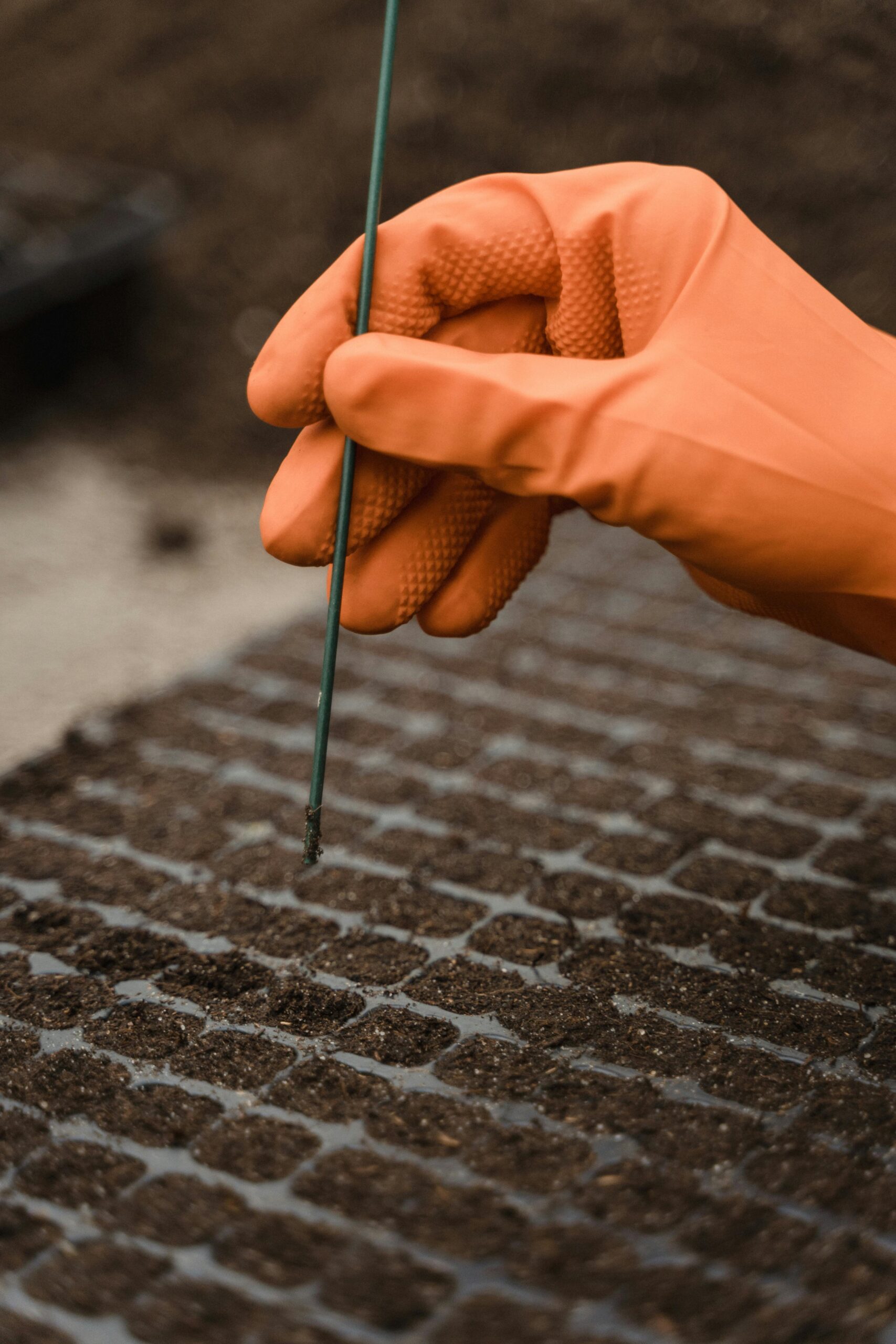
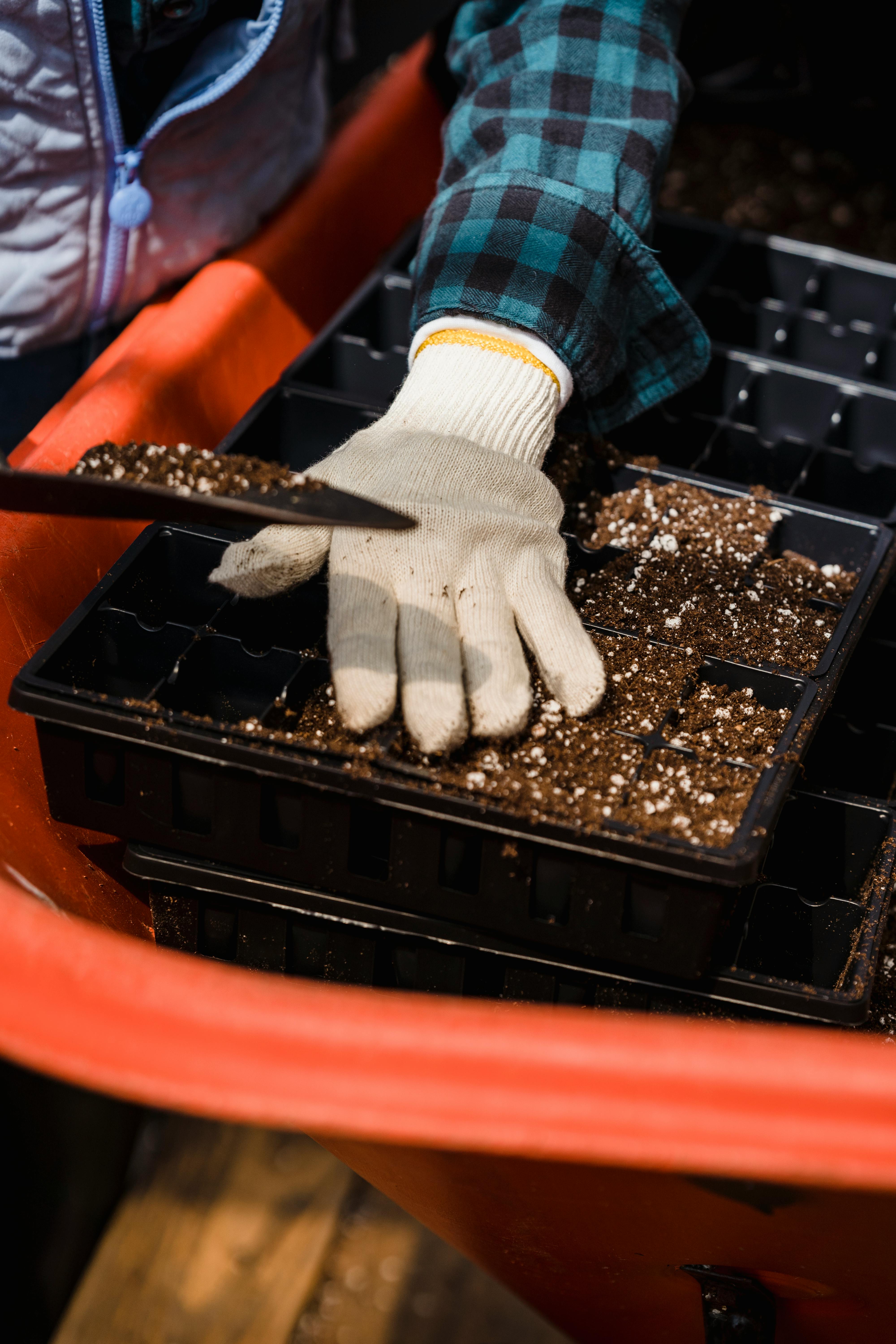
WHY START SEEDS INDOORS
Starting seeds indoors offers several advantages for gardeners. It allows for up to a 16-week head start on crops, equating to nearly a four-month advantage. This head start is particularly beneficial in regions like Zone 6, where the growing season can be shorter due to cooler temperatures. Additionally, indoor seed starting provides gardeners with greater control over the growing environment, including light, temperature, and moisture levels, which can lead to stronger and healthier plants. It also reduces the risk of early-season pests and diseases that might affect seedlings sown directly in the ground.
By starting seeds indoors, gardeners can better manage the delicate early stages of plant growth. Light is one critical factor that can be more effectively controlled indoors. Seedlings need ample light to grow properly, and indoor setups using grow lights or sunny windowsills ensure they get the necessary intensity and duration of light. This controlled lighting environment helps prevent common issues such as leggy seedlings, which can occur when plants stretch for insufficient light sources.
Temperature is another key element that can be managed more precisely when starting seeds indoors. Many vegetable seeds require warm soil to germinate effectively. Indoor setups can maintain a consistent and optimal temperature, promoting quicker and more reliable germination. This control is particularly important for heat-loving crops like tomatoes and peppers, which may struggle to germinate in cooler outdoor conditions prevalent in early spring.
Moisture management is also simplified when starting seeds indoors. Seedlings need consistently moist soil to thrive, but not overly wet conditions that could lead to damping-off disease or root rot. Indoors, gardeners can monitor and adjust moisture levels more precisely, ensuring that the seedlings receive the right amount of water without the risks posed by unpredictable outdoor weather patterns.
Indoor seed starting also minimizes the exposure of young plants to pests and diseases. When seeds are sown directly in the ground, they are vulnerable to a range of soil-borne pathogens and insect pests. By growing seedlings in a controlled indoor environment, gardeners can reduce the likelihood of these early threats and establish a healthier crop from the beginning. Additionally, this method allows gardeners to use sterile potting mixes, which further lowers the risk of disease.
Another advantage is the ability to stagger plantings. By starting seeds indoors, gardeners can sow multiple batches of the same crop at different times. This practice, known as succession planting, ensures a continuous harvest throughout the growing season rather than a single, overwhelming glut. For instance, planting a new batch of lettuce seeds every two weeks can provide fresh greens over a longer period.
Transplanting indoor-grown seedlings into the garden can also lead to more uniform and productive plants. These seedlings typically have a head start in development, allowing them to establish quickly and compete more effectively with weeds. Their early vigor can translate to better yields and healthier plants overall.
Indoor seed starting can also extend the variety of plants grown. Some crops have longer growing seasons or specific environmental needs that are difficult to meet outdoors in Zone 6. By starting these seeds indoors, gardeners can cultivate a wider range of vegetables, including those that might not otherwise thrive in their local climate. This practice expands the gardening repertoire and introduces new flavors and textures to the home harvest.
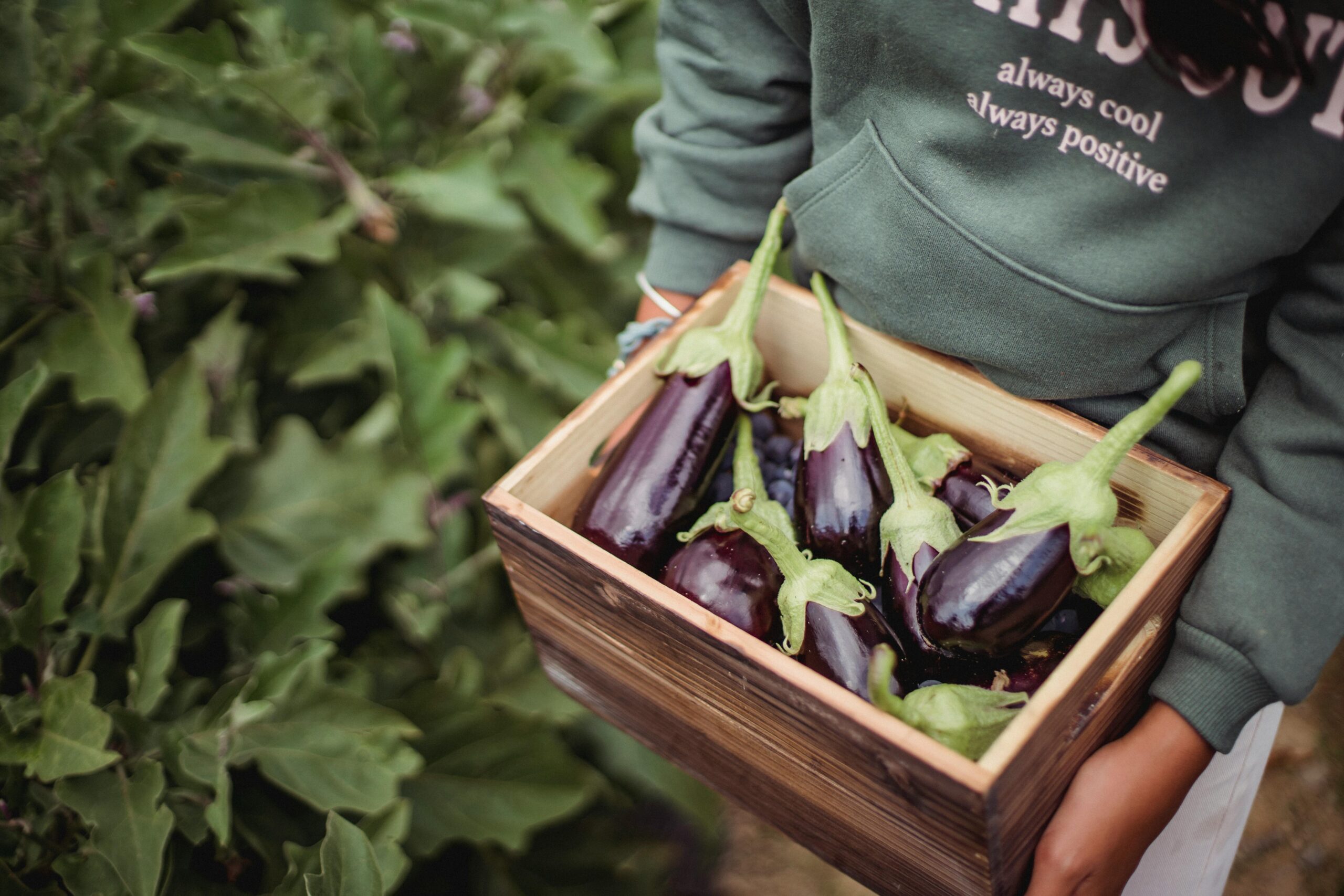
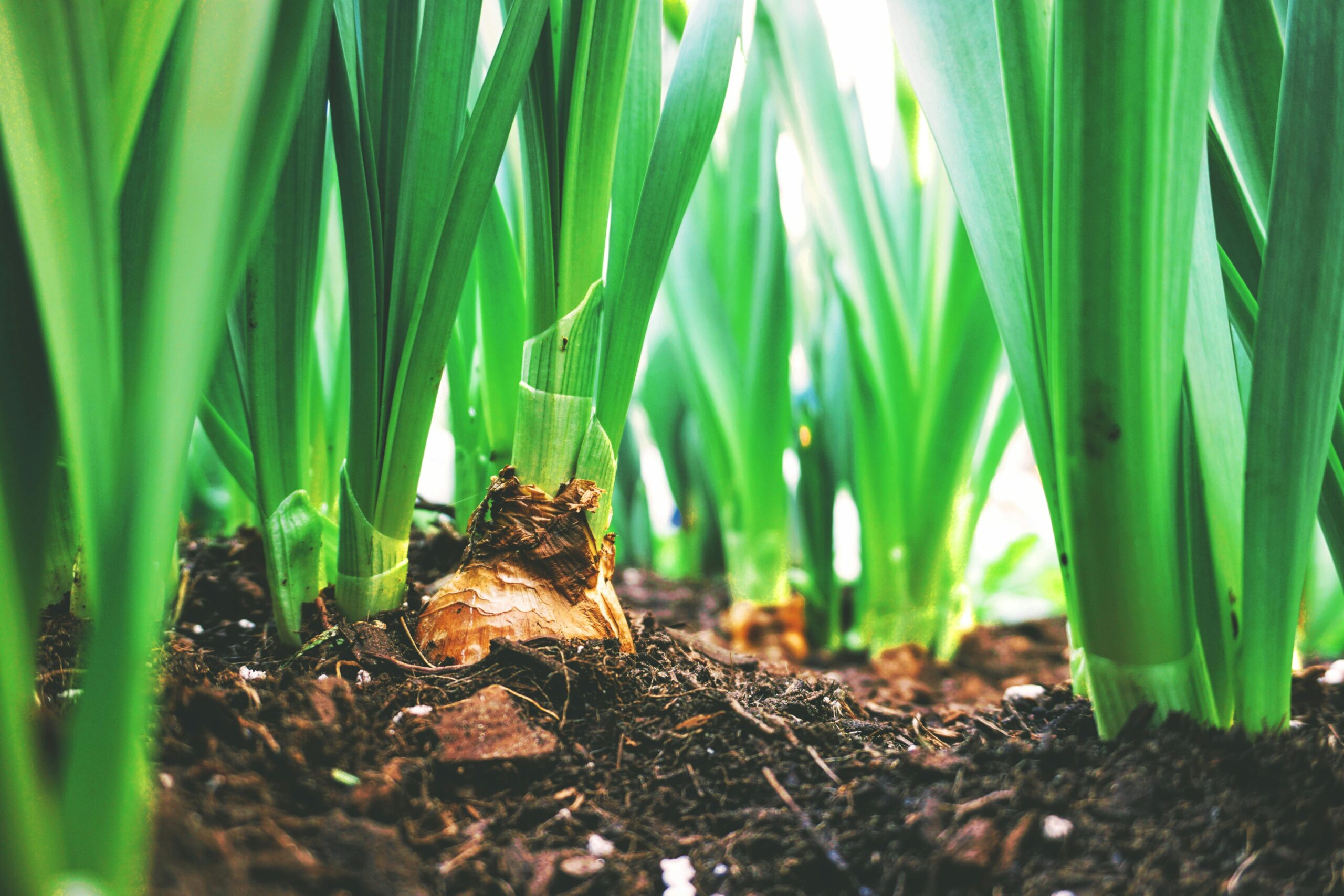
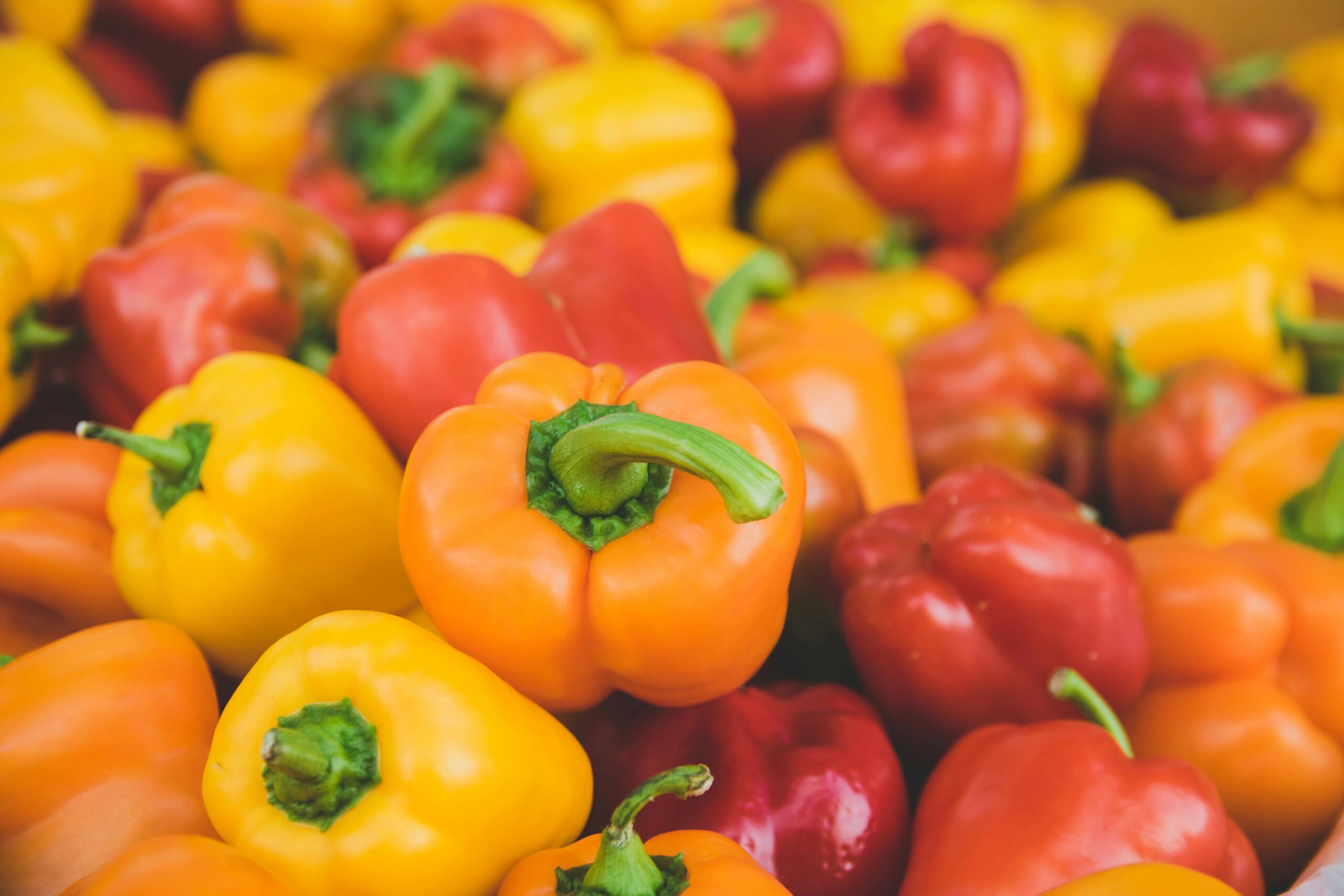
BEST VEGETABLES TO START INDOORS IN ZONE 6
Gardeners in Zone 6 can significantly enhance their growing season by starting certain vegetables indoors. Tomatoes are among the top choices for this practice, given their long maturation period and preference for warm conditions. When sown indoors, tomato seeds can be nurtured in a controlled environment that ensures they are strong and ready for transplanting once outdoor temperatures are suitable.
Peppers, both sweet and hot varieties, also benefit from early indoor starting. Like tomatoes, peppers require a longer growing period and thrive in warm soil. By beginning their growth indoors, gardeners can provide the steady warmth these plants need for optimal germination and early development.
Another excellent candidate for indoor seed starting is broccoli. Broccoli thrives in cooler temperatures but needs to get a head start to mature before the heat of summer sets in. Starting broccoli indoors allows it to develop a robust root system and sturdy stems, making it more resilient when transplanted outside.
Cauliflower is another cool-weather crop that benefits from an indoor start. Similar to broccoli, cauliflower prefers cooler growing conditions and can struggle if it encounters high temperatures too early in its development. By planting cauliflower seeds indoors, gardeners can give these plants the advantage of a strong start in a controlled environment, ensuring they are better prepared for the transition to outdoor growth.
Eggplant is yet another vegetable that thrives with indoor seed starting. This warm-weather crop requires a lengthy growing period and high temperatures to produce fruit. Starting eggplant seeds indoors allows for an extended growing season and provides the warmth necessary for proper germination and early growth. This head start is particularly important in Zone 6, where outdoor temperatures may not warm up sufficiently until later in the spring.
Herbs like basil can also be started indoors to great effect. Basil enjoys warm conditions and can be sensitive to cold weather. By starting basil seeds indoors, gardeners can ensure a steady supply of fresh herbs throughout the growing season. The controlled environment indoors helps basil develop well, allowing for earlier and more continuous harvests.
Lettuce is another vegetable that benefits from indoor seed starting. Although it is a cool-weather crop, starting lettuce indoors allows for an earlier harvest. This is particularly useful for gardeners who wish to have fresh greens available before the traditional outdoor growing season begins. Indoor starting also helps lettuce avoid early pest issues, providing a healthier start for the plants.
Onions, particularly from seed, are well-suited to indoor starting. These plants require a long growing season, and starting them indoors ensures they develop sufficiently before being transplanted outside. This practice leads to larger and more mature bulbs by the end of the growing season.
In summary, selecting vegetables that benefit from an early start can make a significant difference in the success of a Zone 6 garden. Indoor seed starting is an effective way to optimize the growth and productivity of plants like tomatoes, peppers, broccoli, cauliflower, eggplant, basil, lettuce, and onions. By leveraging the controlled environment indoors, gardeners can ensure these vegetables are well-prepared to thrive once they are transplanted into the garden.
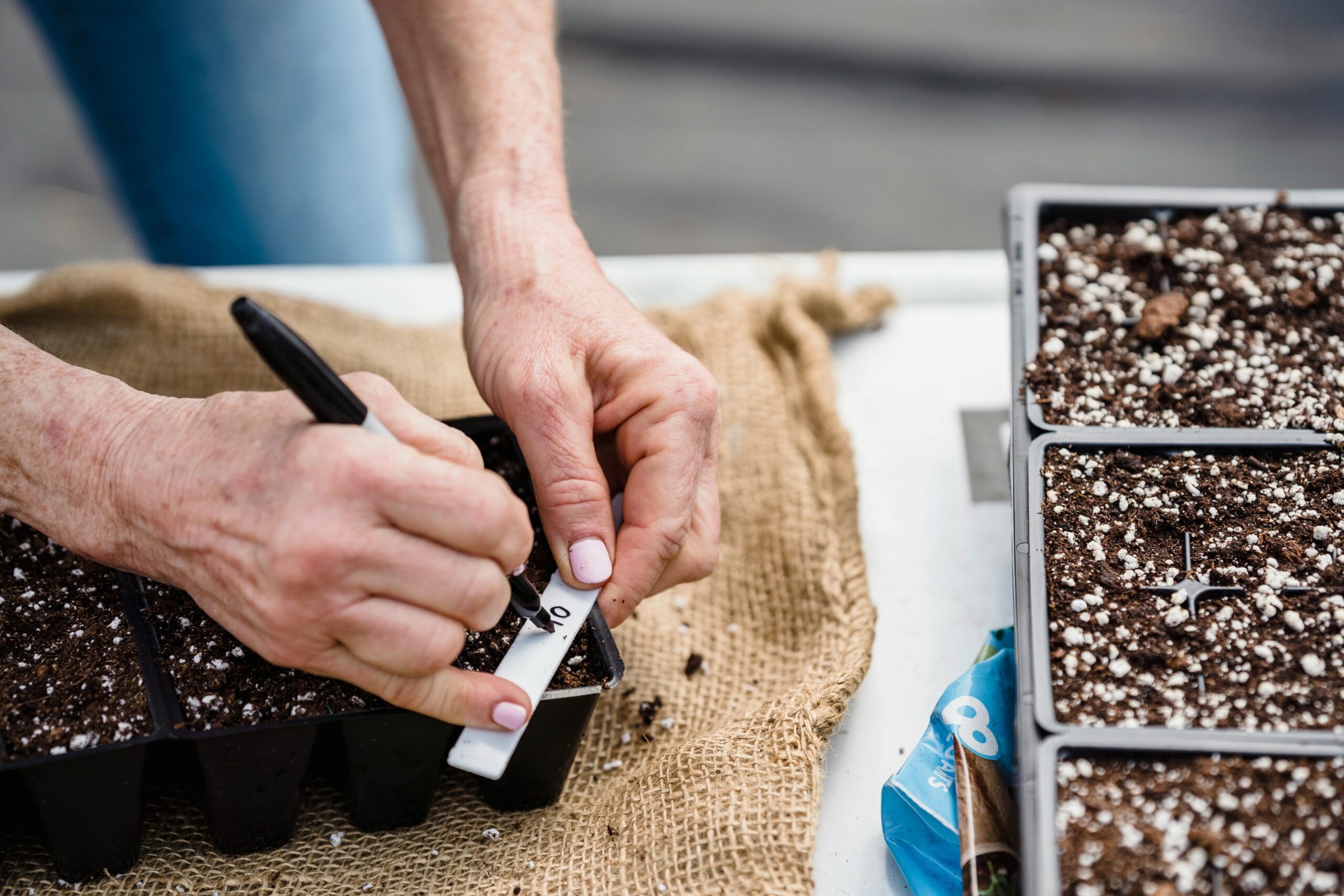
WHEN TO START YOUR SEEDS
Determining the right time to start seeds indoors in Zone 6 is essential for maximizing growth and yield. The National Oceanic and Atmospheric Administration (NOAA) provides valuable information on average first and last frost dates, which are crucial for timing seed starting.
Typically, gardeners begin sowing seeds indoors 6-8 weeks before the last expected frost date. However, this can vary depending on the vegetable. For instance, tomatoes and peppers are usually started around late February to early March, while broccoli and cauliflower can be started slightly earlier.
To begin, understanding frost dates is vital. In Zone 6, the last frost date usually falls around mid-April to early May. Knowing this, gardeners can backtrack 6-8 weeks to determine the appropriate seed starting dates. This timeframe allows seedlings to develop sufficiently indoors before facing the outdoor environment.
Tomatoes, one of the most popular vegetables for indoor starting, typically require 6-8 weeks of indoor growth before being transplanted. Given the Zone 6 frost dates, tomato seeds are best sown indoors from late February to early March. This timing ensures that the seedlings are robust enough for transplanting after the last frost.
Peppers, including both sweet and hot varieties, follow a similar timeline to tomatoes. They also need a long growing period and warm conditions for optimal development. Starting pepper seeds indoors from late February to early March allows them to reach the necessary growth stage by the time they can be safely moved outdoors.
Cool-weather crops like broccoli and cauliflower benefit from an even earlier start. These vegetables thrive in cooler conditions and should be planted indoors around early to mid-February. Starting them earlier ensures they have ample time to mature before the warmer weather of late spring and summer arrives.
Eggplant is another vegetable that requires a longer growing period and warm conditions. In Zone 6, eggplant seeds should be started indoors from late February to early March. This timing provides enough indoor growing time for the seedlings to establish strong root systems and sturdy growth before outdoor transplantation.
Herbs like basil, which prefer warm weather, can also be started indoors around late February to early March. This early start ensures that basil plants are well-developed and ready for outdoor growth when the temperatures rise.
Lettuce, although a cool-weather crop, can benefit from indoor starting to get an early harvest. Lettuce seeds can be sown indoors around mid to late March. This indoor start allows for fresh greens earlier in the season, providing a head start before outdoor planting.
Onions, particularly when grown from seed, require a long growing season. To ensure they develop sufficiently, onions should be started indoors from early to mid-February. This early start allows for larger and more mature bulbs by the end of the growing season.
In summary, selecting the right time to start seeds indoors is a critical step for Zone 6 gardeners. By following the recommended indoor seed starting dates, gardeners can ensure their vegetables are well-prepared for outdoor transplantation, leading to healthier plants and more abundant harvests.
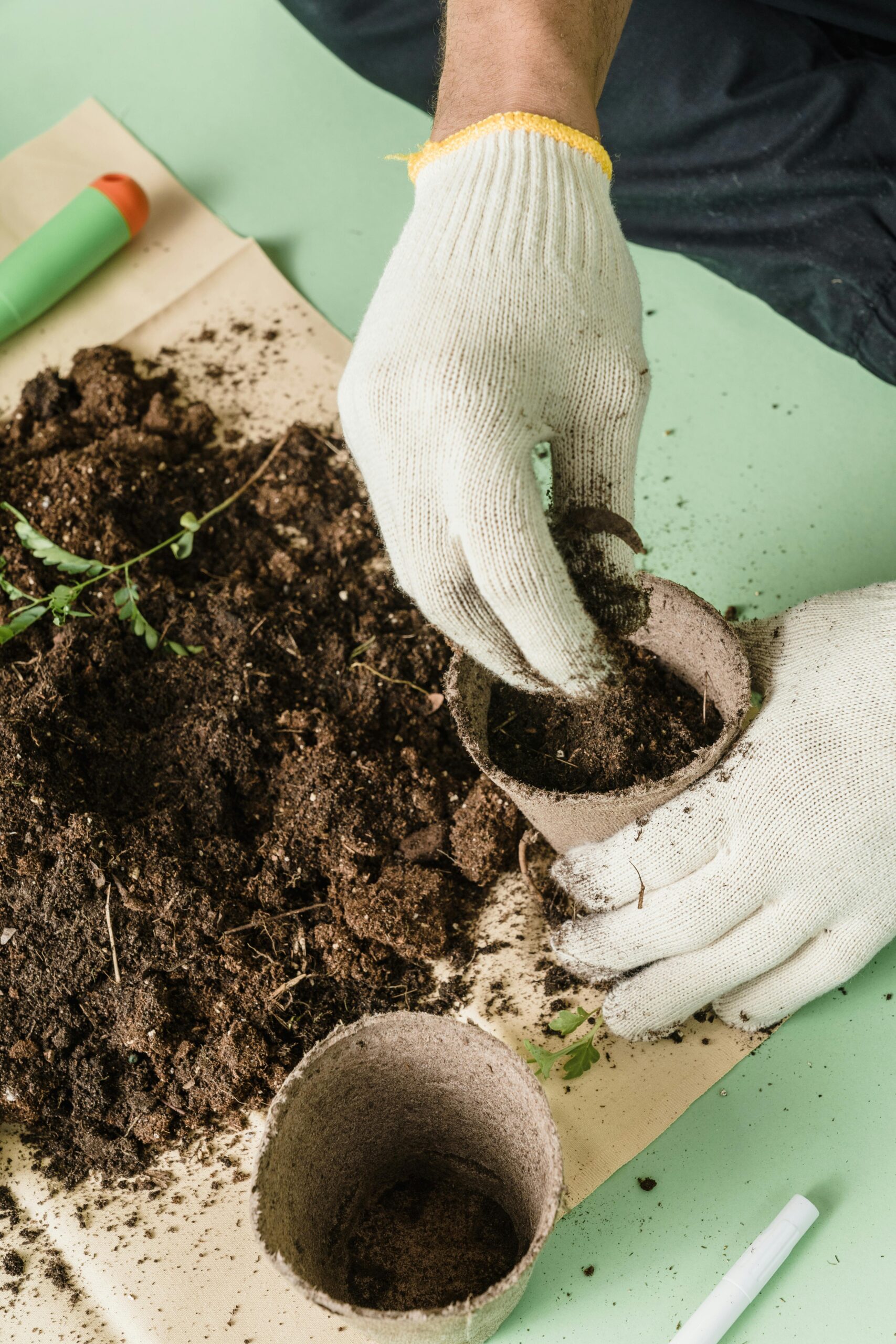
HOW TO START YOUR SEEDS
The process of starting seeds indoors begins with gathering the necessary materials and setting up a proper environment. Essential items include seed trays or pots, high-quality potting soil, labels, and a reliable light source, such as grow lights. Each component plays a crucial role in ensuring successful seed germination and healthy seedling development.
To start, fill seed trays or pots with quality potting soil. This soil should be light and well-draining to support delicate seedlings. Plant seeds at the recommended depth specified on their packaging, which typically varies depending on the type of vegetable. Labels are important for identifying each type of plant, as seedlings can look similar in their early stages.
Moisture is a critical factor in seed germination. The soil should be kept consistently moist but not waterlogged. A spray bottle can be used to gently mist the soil, providing even moisture without disturbing the seeds. Covering the trays or pots with a clear plastic lid or plastic wrap can help maintain humidity levels, creating an ideal microenvironment for seeds to sprout.
Following these steps, gardeners can create a nurturing environment that promotes healthy seedling growth, setting the stage for a successful gardening season.
Light is another essential element. Once seeds germinate, they require ample light to grow strong and healthy. Grow lights are particularly effective as they provide the necessary light intensity and duration. Positioning the grow lights close to the seedlings, about 2-3 inches above, helps prevent the plants from becoming leggy and weak. Using a timer can automate the light cycle, ensuring seedlings receive about 14-16 hours of light daily.
Temperature control is also important. Most seeds germinate best in warm conditions, typically between 65-75°F (18-24°C). Placing seed trays in a warm area or using a heat mat can help maintain optimal soil temperature, promoting quicker and more reliable germination.
As seedlings begin to grow, they may need to be thinned out. Thinning involves removing the weaker seedlings, allowing the stronger ones more space and resources to develop. This step is crucial for preventing overcrowding and ensuring that each plant has enough light, nutrients, and room to grow.
Proper ventilation is another key aspect of indoor seed starting. Good air circulation helps prevent the growth of mold and mildew and strengthens seedlings by exposing them to gentle airflow. A small fan can be used to provide consistent air movement around the seedlings.
Watering should be done carefully to avoid overwatering, which can lead to root rot. Seedlings should be watered when the top inch of soil feels dry to the touch. It’s essential to water the soil directly and avoid wetting the leaves to minimize the risk of fungal diseases.
Finally, as seedlings grow, they may require transplanting into larger pots to give their roots more space to expand. This process should be done gently to avoid damaging the young plants. Transplanting allows the seedlings to continue developing robust root systems, preparing them for eventual outdoor planting.
Starting seeds indoors involves careful planning and attention to detail. By fo
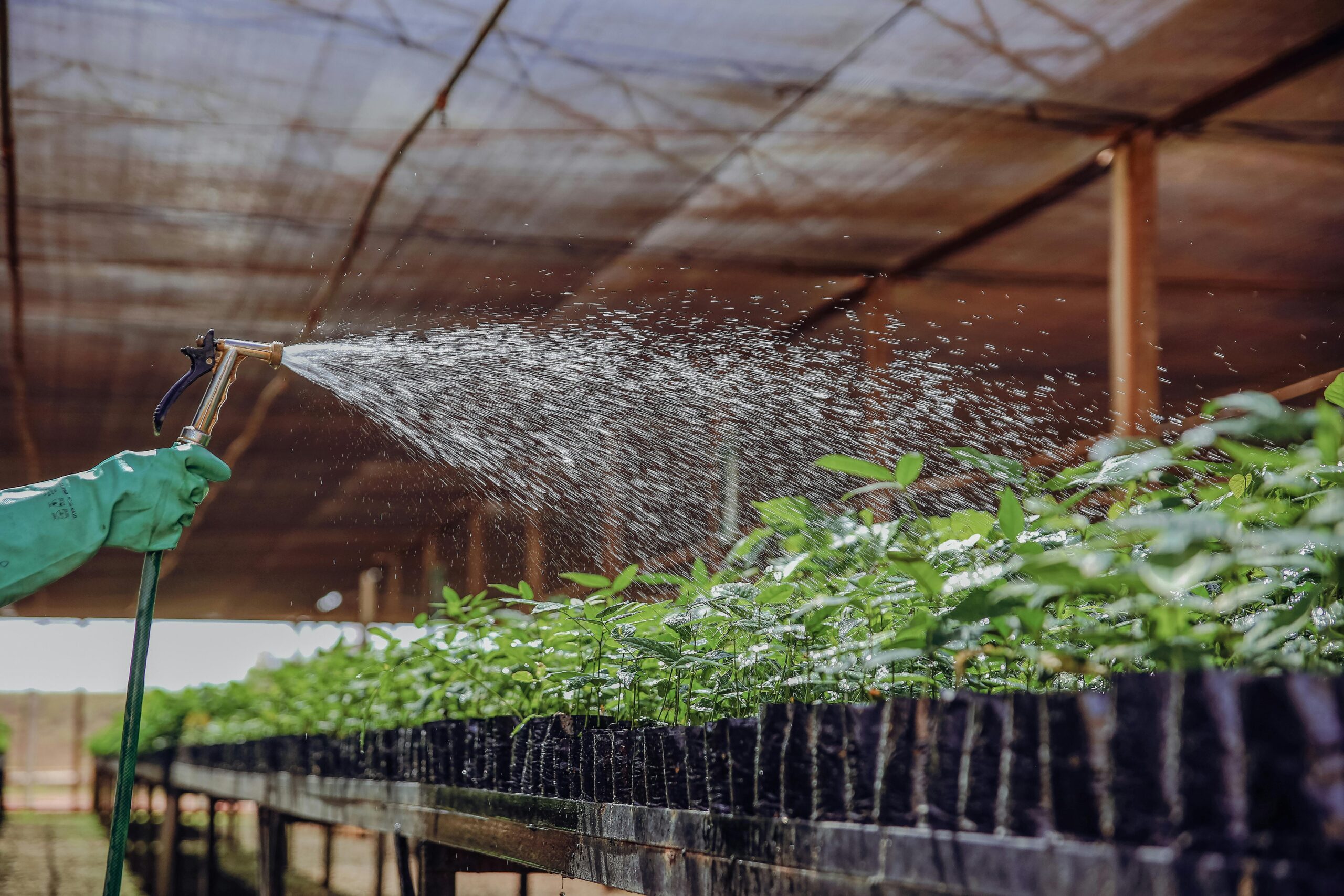
CARING FOR SEEDLINGS
Once seedlings have emerged, meticulous care is essential to ensure they grow into healthy, robust plants. Consistent watering is crucial, yet it is important to avoid overwatering to prevent root rot. Seedlings thrive in moist soil, but the top layer should be allowed to dry slightly between watering to maintain a balanced moisture level. Watering from the bottom, by placing seed trays in shallow water and allowing the soil to absorb moisture, can also help prevent common fungal issues.
Proper lighting remains a top priority during the seedling stage. Grow lights should be kept close to the seedlings, about 2-3 inches above the plants, to prevent them from becoming leggy. Leggy seedlings stretch toward the light and can become weak and prone to falling over. Using a timer to provide 14-16 hours of light daily ensures the plants receive consistent and adequate illumination.
Thinning is another essential task. Once seedlings develop their first true leaves, it’s time to thin them out. This means removing the weaker seedlings to allow the stronger ones more space, nutrients, and light. Proper spacing reduces competition among the seedlings and helps prevent overcrowding, which can lead to stunted growth and increased susceptibility to disease.
As seedlings grow, they might need additional nutrients. A diluted, balanced fertilizer can be introduced to the watering schedule to support healthy development. It’s important to follow the fertilizer instructions carefully to avoid overfeeding, which can damage young plants.
Air circulation is also vital for seedling health. Good airflow reduces the risk of fungal diseases and helps strengthen seedlings. A small fan can be used to create a gentle breeze, mimicking outdoor conditions and encouraging stronger stems.
As the outdoor planting season approaches, seedlings must be hardened off to prepare them for the transition. This involves gradually exposing them to outdoor conditions over a week or two. Seedlings can be placed outside for a few hours each day, initially in a shaded area and gradually increasing their exposure to sunlight and wind. This process helps acclimate them to the more variable outdoor environment, reducing transplant shock.
In addition to hardening off, it’s important to monitor the weather closely. Unexpected cold snaps or adverse weather conditions can harm young plants. Keeping an eye on the forecast and having protective measures like row covers or cloches ready can safeguard seedlings during their initial days outside.
Finally, as seedlings outgrow their initial containers, they may need to be transplanted into larger pots before being moved to the garden. This step provides additional space for root development and ensures the plants continue to grow vigorously. Transplanting should be done carefully to minimize root disturbance.
Overall, caring for seedlings involves a combination of proper watering, lighting, nutrition, airflow, and gradual acclimation to outdoor conditions. Each of these elements contributes to developing strong, healthy plants ready to thrive in the garden.
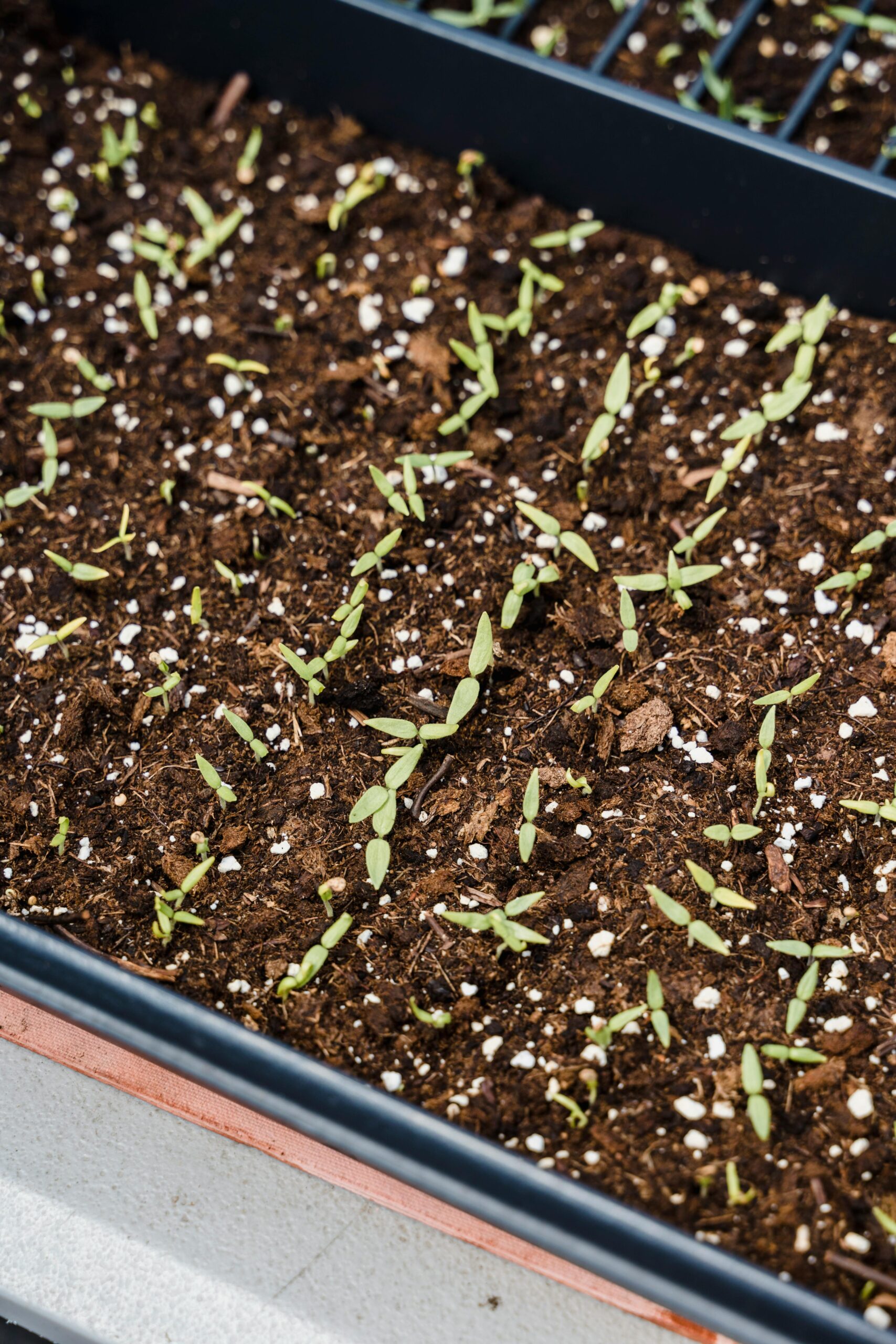
IN CONCLUSION
Starting seeds indoors offers numerous benefits that are particularly valuable for gardeners in Zone 6. This method not only provides a jump start on the growing season but also allows for greater control over critical factors such as light, temperature, and moisture levels. These controlled conditions result in healthier, more resilient plants that are better equipped to handle the transition to the outdoor garden.
Selecting the right vegetables to start indoors is key. Choices like tomatoes, peppers, broccoli, cauliflower, eggplant, basil, lettuce, and onions are particularly well-suited for this practice. These vegetables benefit from the early, controlled start that indoor germination provides, enabling them to grow strong and produce higher yields.
Timing is another crucial element of success. Understanding and adhering to the optimal seed starting dates ensures that seedlings are well-developed and ready for outdoor conditions. In Zone 6, this typically involves starting seeds 6-8 weeks before the last expected frost date, which provides ample time for growth and development.
The process of starting seeds indoors involves several steps, from gathering materials and setting up the environment to planting, watering, and providing adequate light. Each of these steps contributes to the overall success of the seedlings, preparing them for eventual transplantation.
Caring for seedlings involves ongoing attention to watering, lighting, and airflow. Thinning out weaker seedlings, providing balanced nutrition, and ensuring proper ventilation are all necessary to foster healthy growth. Additionally, hardening off seedlings by gradually exposing them to outdoor conditions is a vital step to ensure they acclimate well and avoid transplant shock.
Ultimately, indoor seed starting sets the foundation for a successful and bountiful gardening season. By leveraging the advantages of this method, Zone 6 gardeners can enjoy a wider variety of vegetables and more productive harvests. This approach not only maximizes the potential of each plant but also enhances the overall gardening experience, making it more enjoyable and rewarding. With careful planning and attention to detail, indoor seed starting can transform a garden, leading to robust plants and abundant produce.

